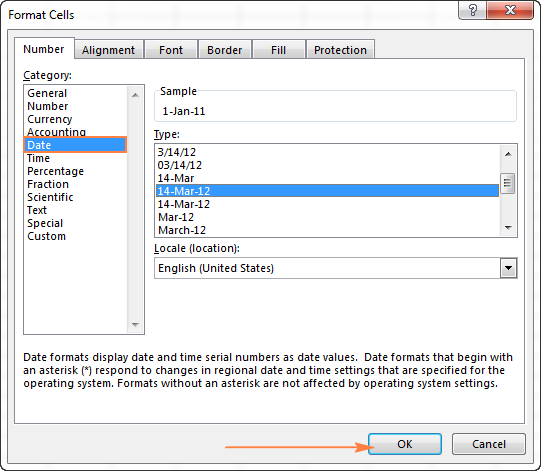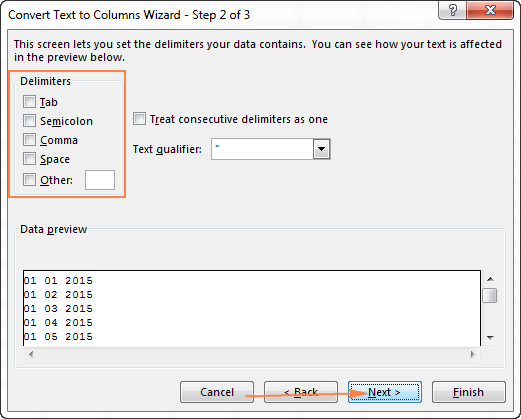
- #Converting serial date number to date format matlab serial#
- #Converting serial date number to date format matlab full#
MATLAB considers date string years that are specified with only two characters (e.g., '79') to fall within 100 years of the current year. String S must be in one of the date formats 0, 1, 2, 6, 13, 14, 15, 16, or 23, as defined in the reference page for the datestr function.
#Converting serial date number to date format matlab serial#
Ĭonverts date string S into a serial date number. You can also specify the input arguments as a date vector. Y, M, D, H, MI, and S must be arrays of the same size (or any can be a scalar) of type double. Returns the serial date numbers for corresponding elements of the Y, M, D, H, MI, and S (year, month, day, hour, minute, and second) array values. All other units can wrap and have valid negative values. Month values less than 1 are set to be 1. For example, month values greater than 12 are carried to years. Values outside the normal range of each array are automatically carried to the next unit. įor this and the following syntax, values outside the normal range of each array are automatically carried to the next unit. Y, M, and D must be arrays of the same size (or any can be a scalar) of type double. Returns the serial date numbers for corresponding elements of the Y, M, and D (year, month, day) arrays. Is the same as the syntax shown above, except the order of the last two arguments are switched. The default pivot year is the current year minus 50 years. It is the starting year of the 100-year range in which a two-character date string year resides. The pivot year is used in interpreting date strings that have the year specified as two characters. In these cases, hours, minutes, and seconds default to 0, the month defaults to January, the day to 1, and the year to the current year.Ĭonverts one or more date strings S to date numbers N using format F and pivot year P. Certain formats may not contain enough information to compute a date number. These values are listed in Table 1 in the column labeled "Dateform String." You can use any string from that column except for those that include the letter Q in the string (for example, ' QQ-YYYY').

See the datestr reference page to find valid string values for F. datenum returns a column vector of m date numbers, where m is the total number of date strings in S. All date strings in S must have the same format, and that format must match one of the date string formats shown in the help for the datestr function. Input S can be a one-dimensional character array or cell array of date strings. datenum returns a column vector of m date numbers, where m is the total number of date vectors in V.Ĭonverts one or more date strings S to serial date numbers N using format string F to interpret each date string. Each element of V must be a positive double-precision number.

A partial date vector has three elements, specifying year, month, and day, in that order.

#Converting serial date number to date format matlab full#
A full date vector has six elements, specifying year, month, day, hour, minute, and second, in that order. Input V can be an m-by-6 or m-by-3 matrix containing m full or partial date vectors respectively. The year 0000 is merely a reference point and is not intended to be interpreted as a real year in time.Ĭonverts one or more date vectors V to serial date numbers N.

Here is an example of a date and time expressed in the three MATLAB formats:Ī serial date number represents the whole and fractional number of days from to a specific date. Datenum (MATLAB Functions) MATLAB Function ReferenceĬonvert date and time to serial date numberĭatenum is one of three conversion functions that enable you to express dates and times in any of three formats in MATLAB: a string (or date string), a vector of date and time components (or date vector), or as a numeric offset from a known date in time (or serial date number).


 0 kommentar(er)
0 kommentar(er)
